Carl Zeiss, which is branded as ZEISS, is one of the oldest and most successful optics manufacturers in the world. However, the German company was heavily involved in partnering with the Nazi regime back in World War II. This article contains essential pieces of evidence that need to be reminded. Read below about the link between ZEISS and the concentration camps during the Third Reich.
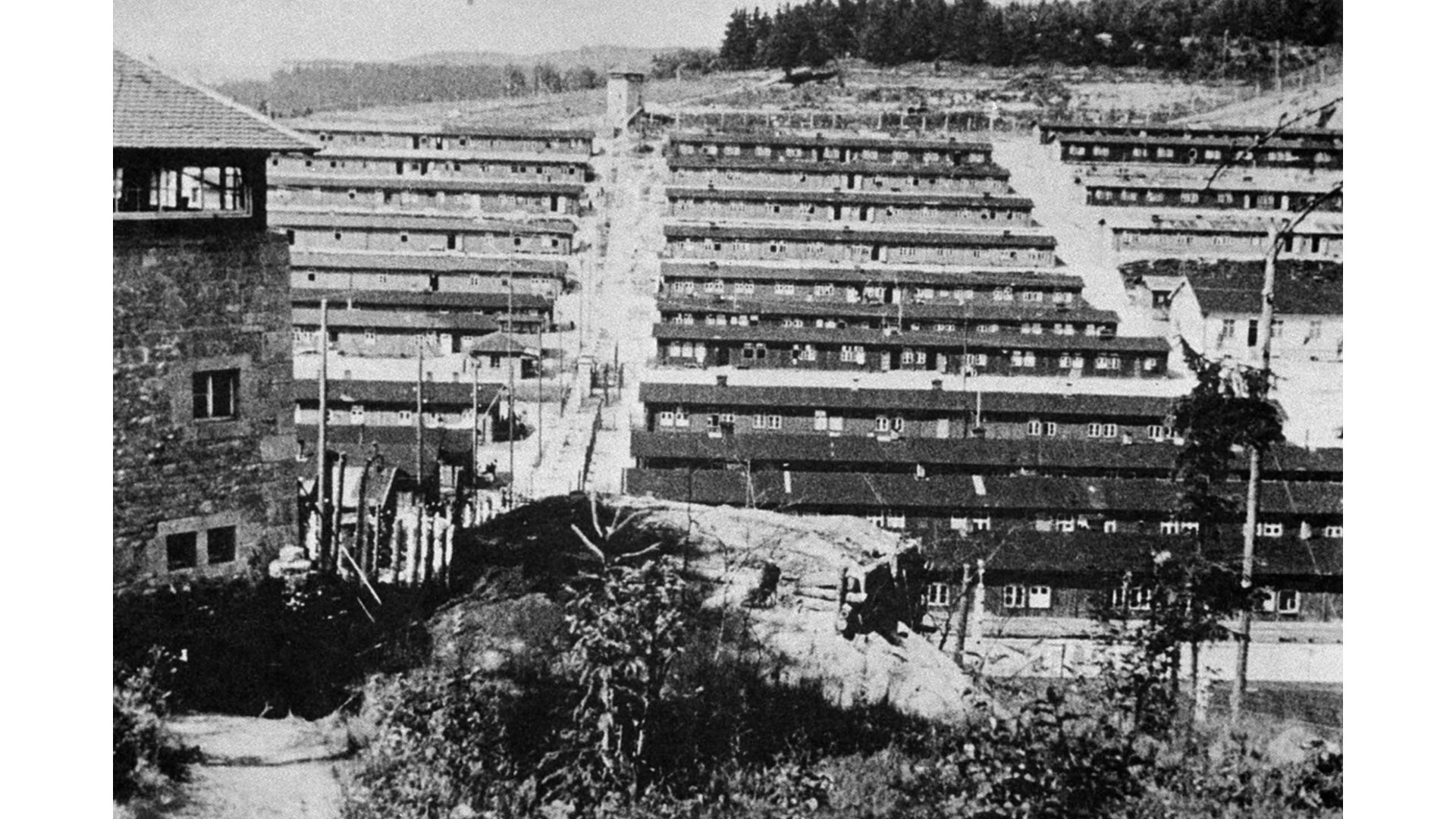
The story that needs to be told
We wrote a decent amount of articles regarding the exceptional lenses of ZEISS, especially its professional high-end ultra polished and beautiful cinema glass. There is no doubt that ZEISS offers excellent cinematography solutions for filmmakers. On the other hand, the company has a shady past regarding World War II. In the years of the Nazi dictatorship, ZEISS was increasingly focused on equipping the German armed forces. However, this article is going to focus on the forced labor that ZEISS has utilized during the War.
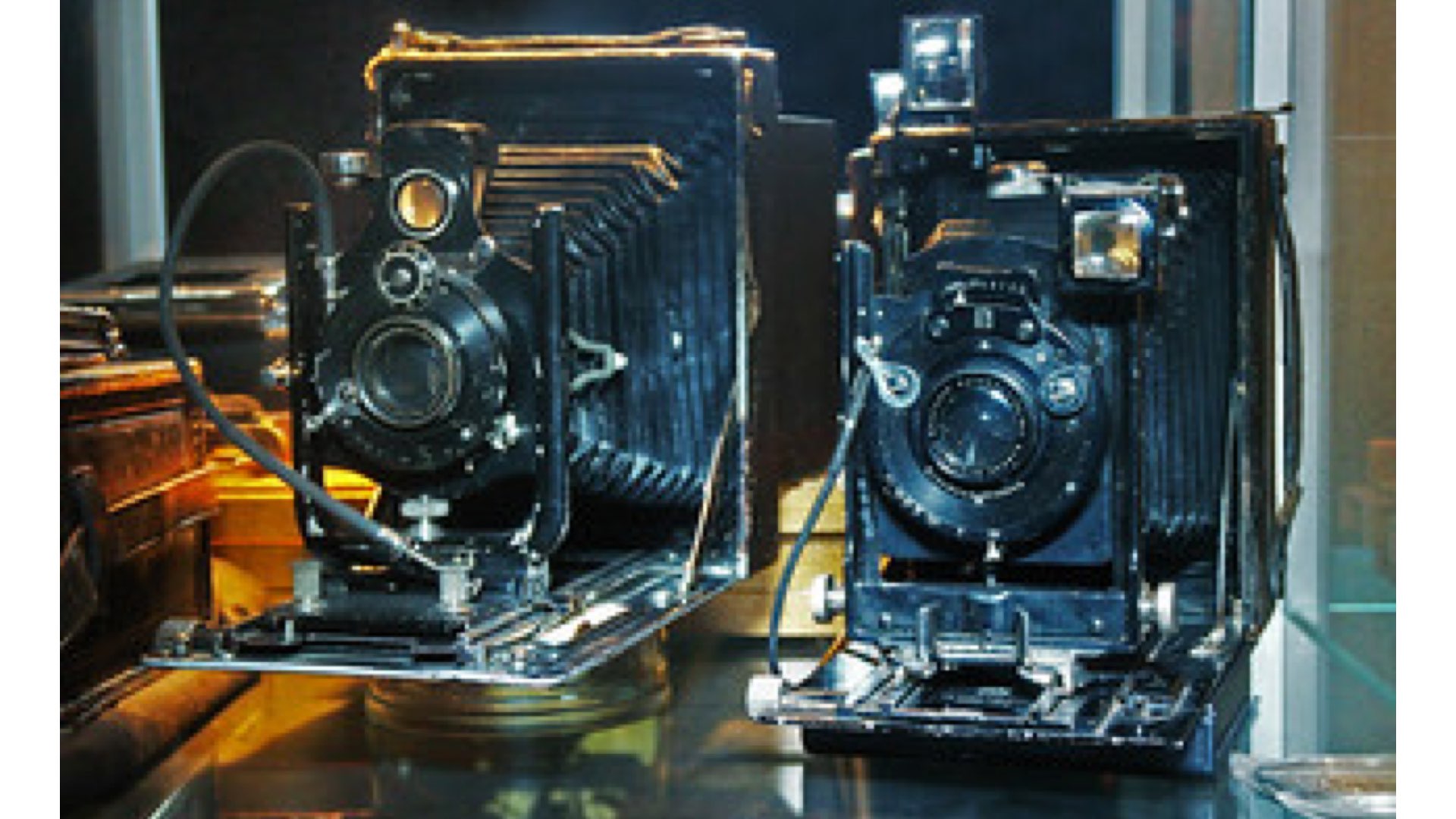
Important notes:
- It’s crucial to emphasize that during World War II, almost EVERY German company cooperated with the Nazi regime against their will. There weren’t many choices back then. However, very few companies have utilized forced labor for their productions and profit. ZEISS is one of them.
- Disclosure: As a son of a Holocaust survivor, I wrote this article with a personal touch and perspective. However, It’s not about being vindictive. It’s about to tell the story of those who can’t.
- In continues to section 1: Even German companies that massively supported the Nazi regime, have changed. The board of directors has changed, and so the owners. Nevertheless, it’s essential to tell the facts, since this history must be preserved.
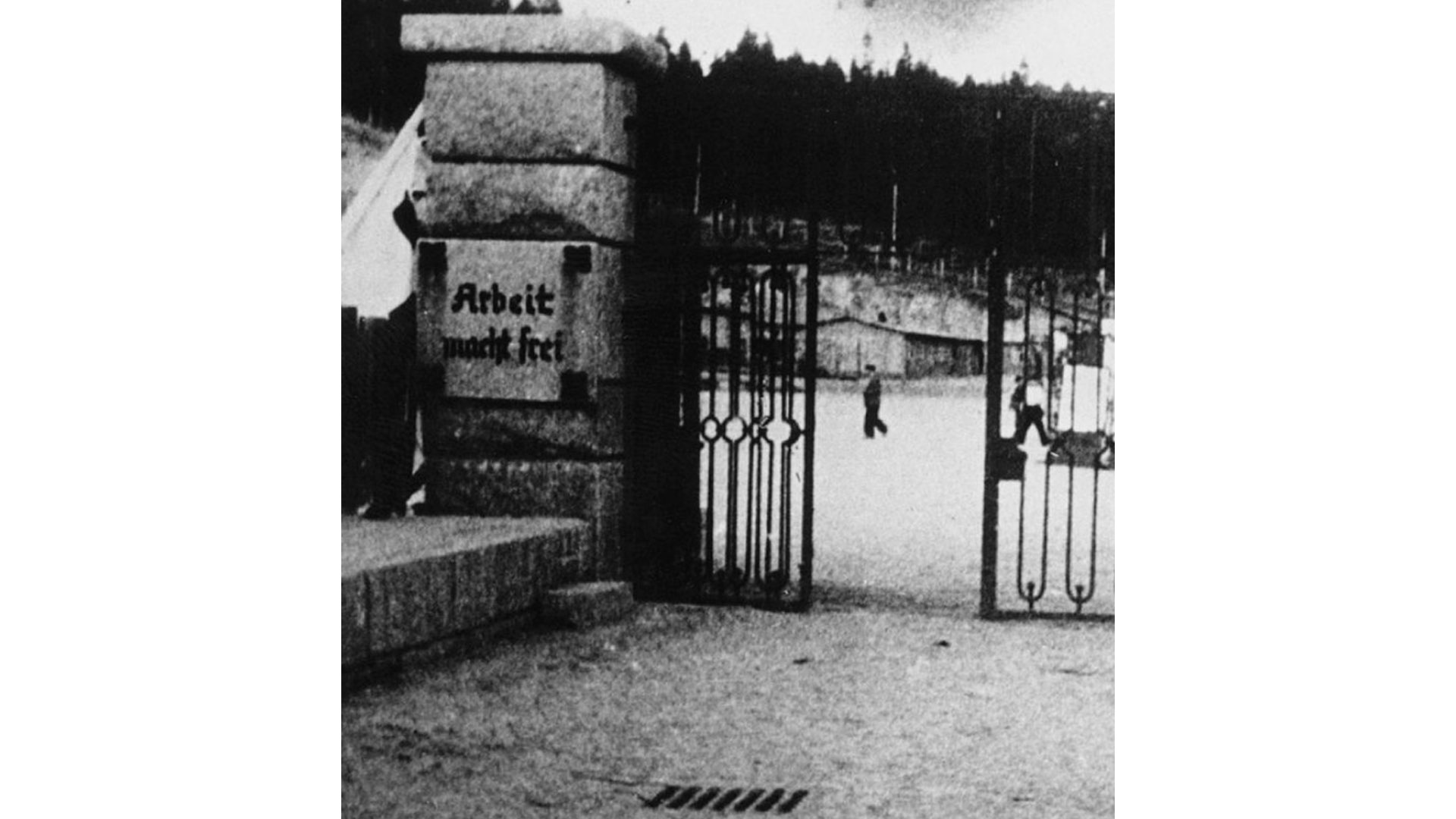
Camera companies during the Third Reich
I have reached out to Yad Vashem, which is the world Holocaust remembrance organization, in order to get shreds of evidence for cinema companies that were involved in the Nazi regime (1933-1945). I knew that the German army had utilized ARRI cameras, so I asked Yad Vashem to check ARRI first. According to their records, there is no evidence for the involvement of ARRI.
Moreover, ARRI did not serve the Third Reich besides just using their cameras by the German soldiers. Unfortunately, I got confirmation regarding ZEISS. It appears the ZEISS has been involved by helping the Nazi regime regarding finance and utilization of forced labor, as explained below.
The evidence and records are taken from The Encyclopedia of Camps and Ghettos, 1933–1945 Volume 1.

ZEISS-Ikon AG as a branch of Flossenburg concentration camp
Zeiss-Ikon AG (formed in 1926 as a part of the Carl Zeiss Foundation) has established a subcamp in their factory (Goehle-Werk) on October 9, 1944. The formation of a subcamp in the ZEISS Goehle-Werk was part of the plan to establish a series of armaments-related subcamps of Flossenburg in Dresden (City in eastern Germany).
Flossenburg itself was a major concentration camp (see pictures above). About 100,000 prisoners passed through Flossenburg and its subcamps. Around 30,000 people died in Flossenburg, from malnutrition, overwork, or executions, or during the death marches.
The subcamps refer to those outlying detention centers that came under the command of the main concentration camp run by the SS within the Third Reich. The survival conditions in the subcamps were, in many cases, more miserable than those in the main camps. Moreover, the Goehle-Werk wasn’t the only subcamp that belonged to ZEISS. Another Flossenburg subcamp was established two weeks later at ZEISS-Ikon’s second factory (Werk-Reick).

ZEISS-Ikon AG plants as subcamps for forced labor
The goal of ZEISS subcamps was to fill the needs of armaments production. The war caused all the ZEISS-Ikon factories to switch over to making war-related products such as special devices for the German Luftwaffe (German Air-Force). However, the ZEISS-Ikon Goehle-Werk was planned from the beginning as a war plant (industrial buildings of steel-reinforced concrete “bombproof,” with small windows and reinforced staircases), dedicated for munitions production and was initially established in 1940–1941.
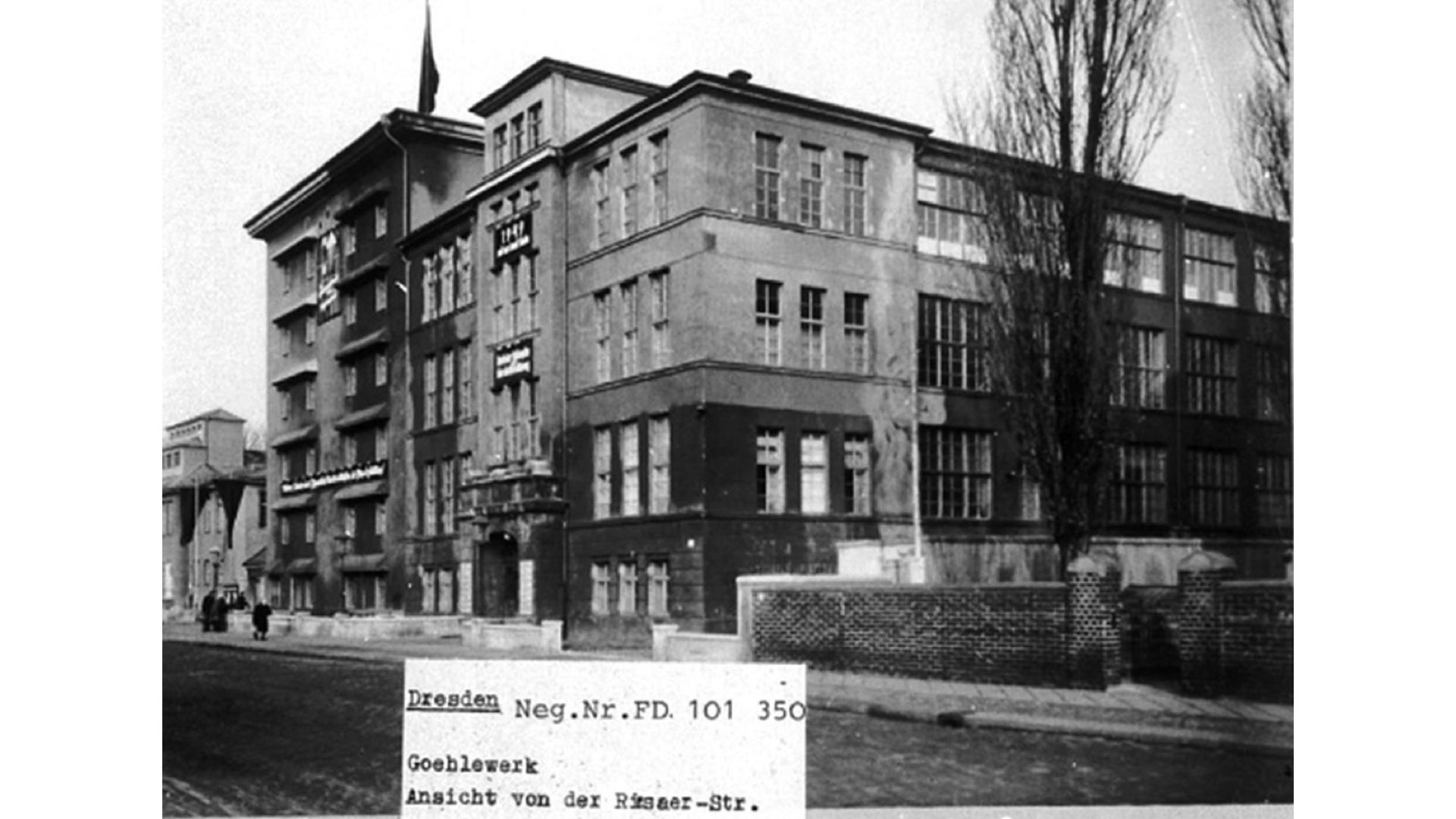
The subcamps refer to those outlying detention centers that came under the command of the main concentration camp run by the SS within the Third Reich. The survival conditions in the subcamps were, in many cases, more miserable than those in the main camps.
The Encyclopedia of Camps and Ghettos, 1933–1945 Volume 1
ZEISS’ forced labor: Numbers
On October 18, 1944, 200 female workers were allocated to the ZEISS Goehle-Werk, an additional 300 women had been transported from Auschwitz on October 28, 1944, and yet another 200 were transported on December 14.
According to prisoner statements, the prisoners were guarded by female SS members who were armed with rubber truncheons, which they used. Some of the guards had previously worked at ZEISS-Ikon. The women were housed on one level of the factory, and they worked two or three levels below.
The ZEISS Werk Reick, located in the southeastern part of Dresden, was one of four ZEISS-Ikon AG plants in Dresden. Like the ZEISS-Ikon Goehle-Werk, it became the site of a subcamp in October 1944. However, unlike the other subcamps with female prisoners in Dresden, the Werk Reick is less well known. That may be because of no trial was held, in contrast to the case of the Goehle-Werk. The camp evacuation took place in mid-April 1945 after the allies occupation.
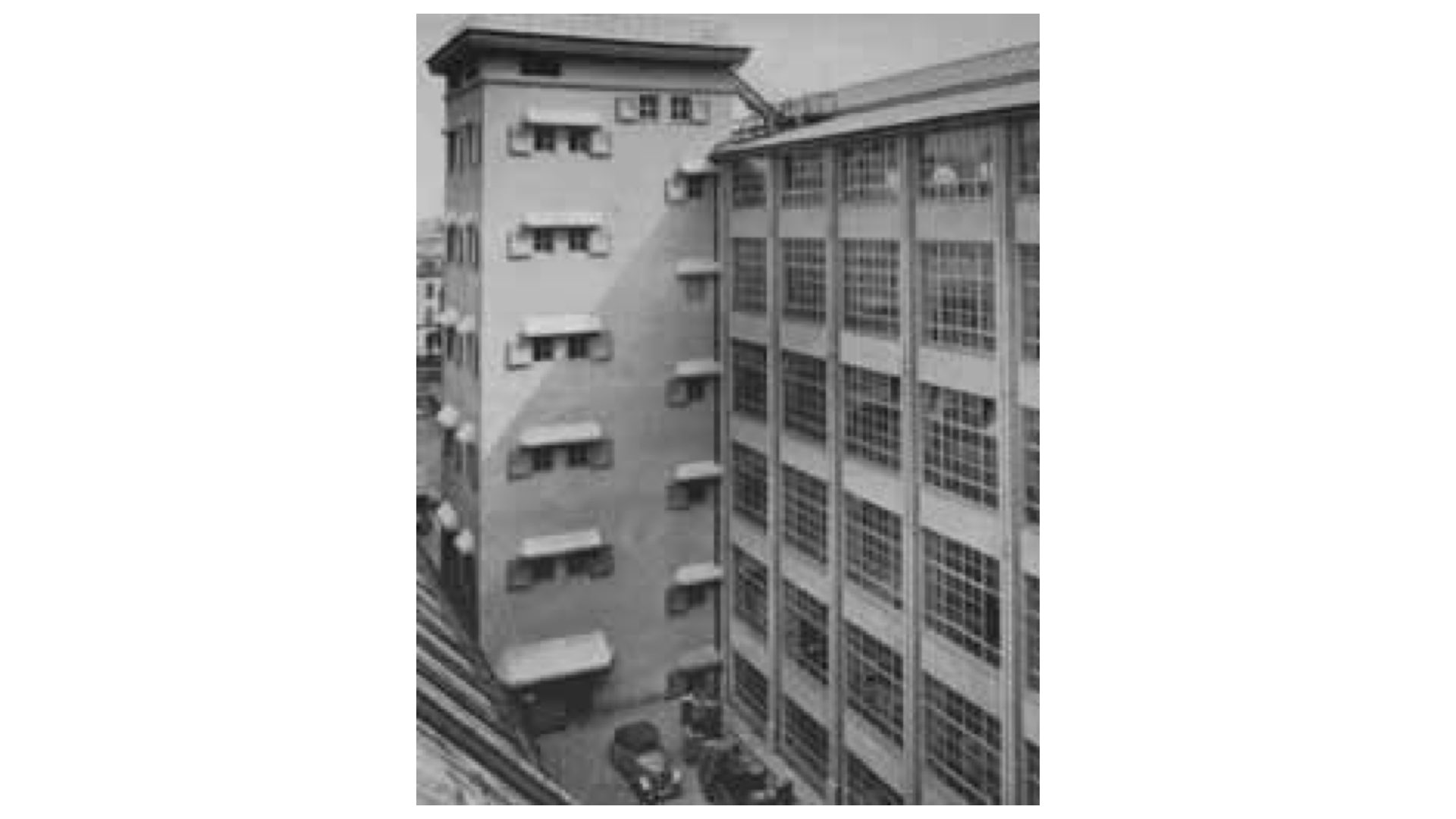
Moreover, there was evidence that during the war (1941-1944), ZEISS has utilized thousands of forced labor workers, which comprised about 30% of all its employees. Furthermore, according to reports, ZEISS also provided direct economic support to the national and local Nazi-party organizations (Reference: 6. Carl Zeiss. Die Geschichte Eines Unternehmens. Band 2, 2000).
More information and references can be found in The Encyclopedia of Camps and Ghettos, 1933–1945 Volume 1.
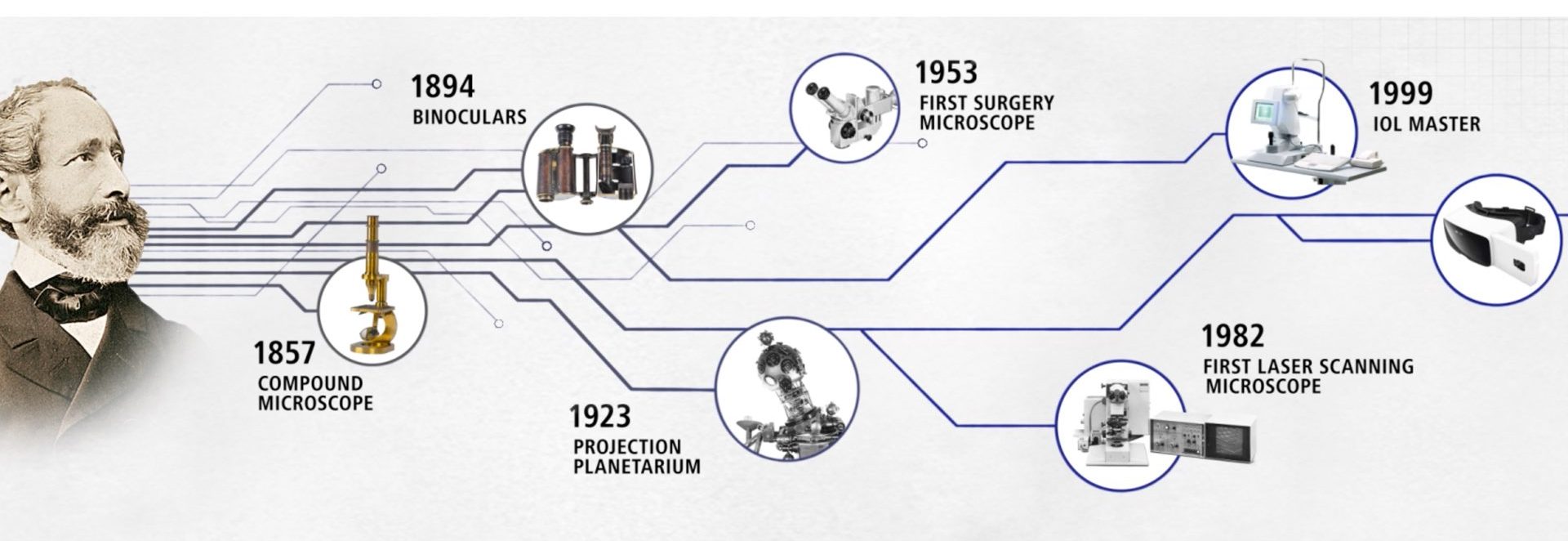
We have to distinguish between companies that didn’t have any choice, to those that took advantage of the situation to utilize forced labor workers
Conclusions
It’s completely acceptable and logical that a company needs to adapt itself during tough times in order to survive. However, we have to distinguish between companies that didn’t have any choice, to those that took advantage of the situation to utilize forced labor workers. The Nazis abducted approximately 12 million people from almost twenty European countries. Many workers died as a result of their living conditions. At its peak, the forced laborers comprised 20% of the German workforce. According to reports and trials being made after the War, only a few workers have died in ZEISS plants. Nevertheless, the company rehabilitated itself and continued to grow, as opposed to its forced workers who lived with mental scars resulted from their traumatic experience.
Today, Carl ZEISS AG is a successful company with impressive records and achievements regarding cinematography and photography. Furthermore, the company is active in four business segments with high revenue: Industrial Quality and Research, Medical Technology, Consumer Markets, and Semiconductor Manufacturing Technology in almost 50 countries. ZEISS has 30 production sites and around 25 development sites worldwide, with approximately 29,000 employees.
However, ZEISS owes its success to those men and women who made unbelievable sacrifices by becoming forced labor of the Nazi regime against their will.
We’ll update the article in case of a response from ZEISS.


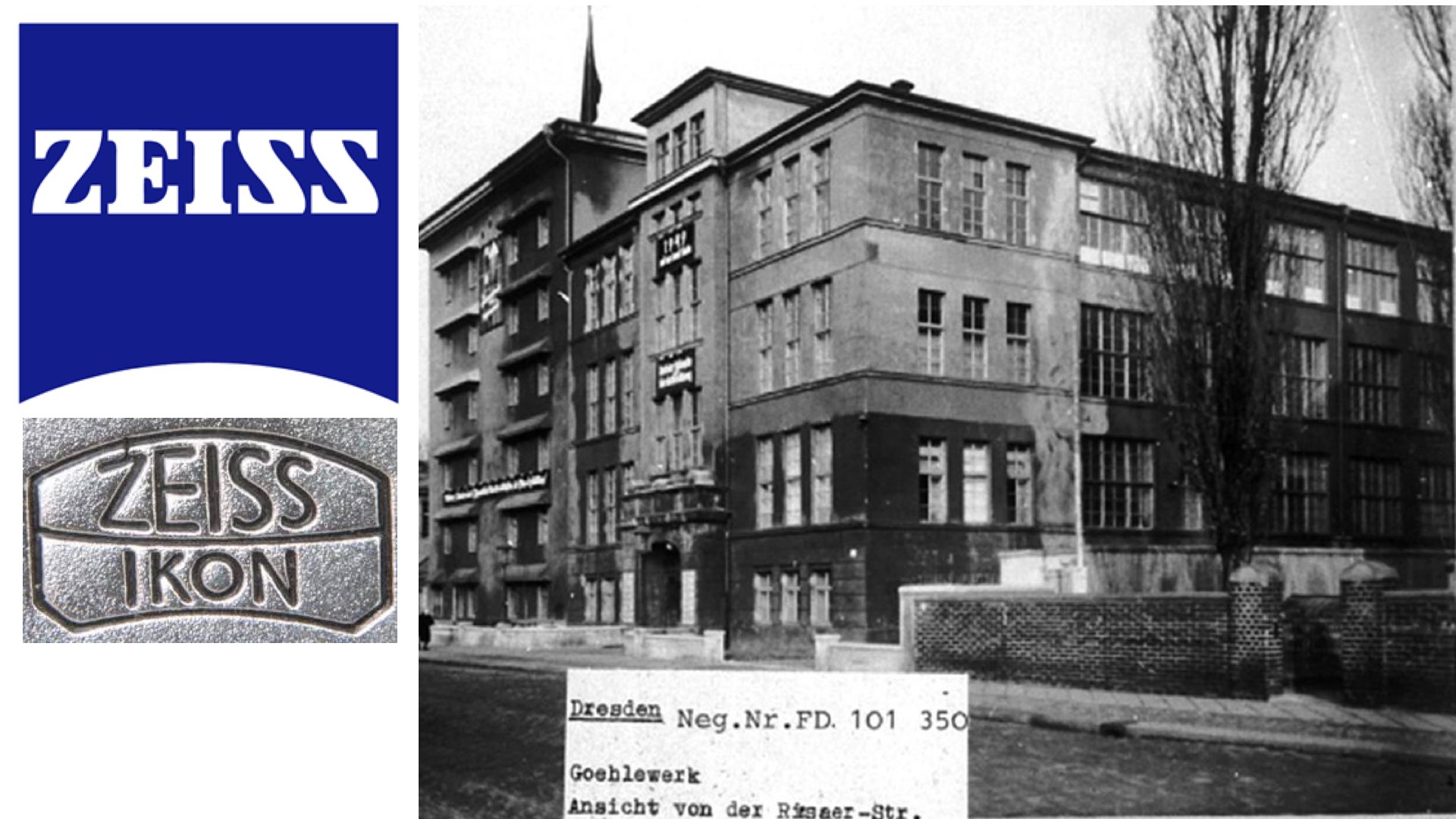

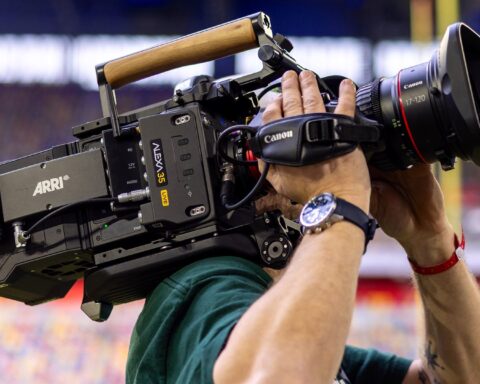

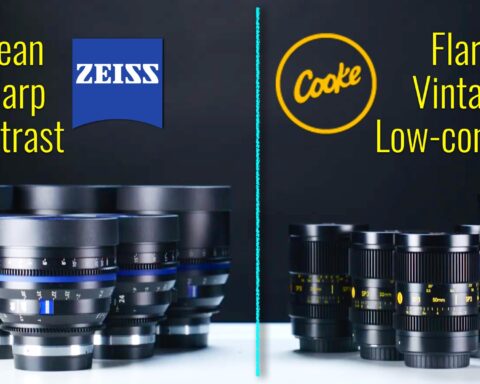



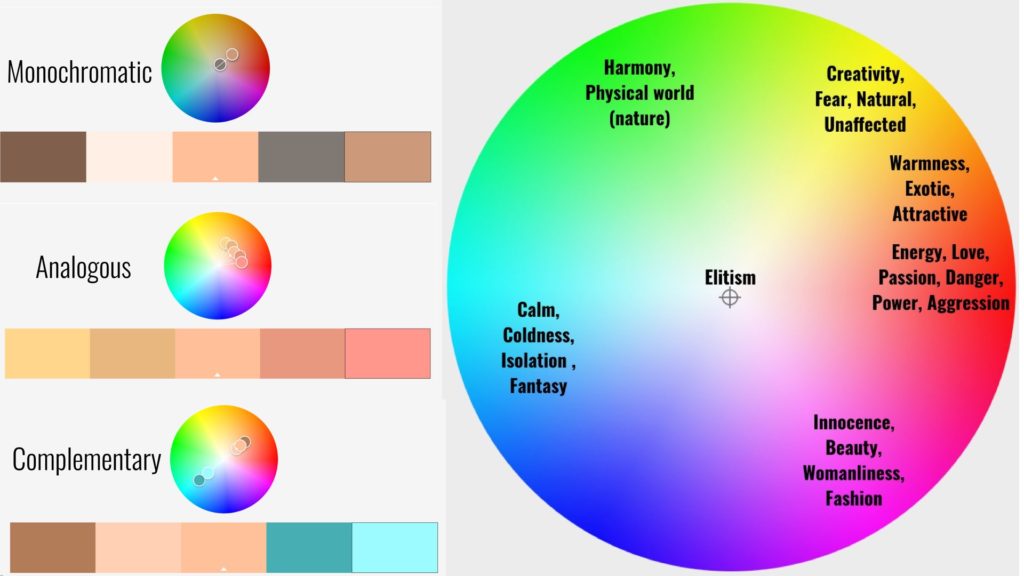
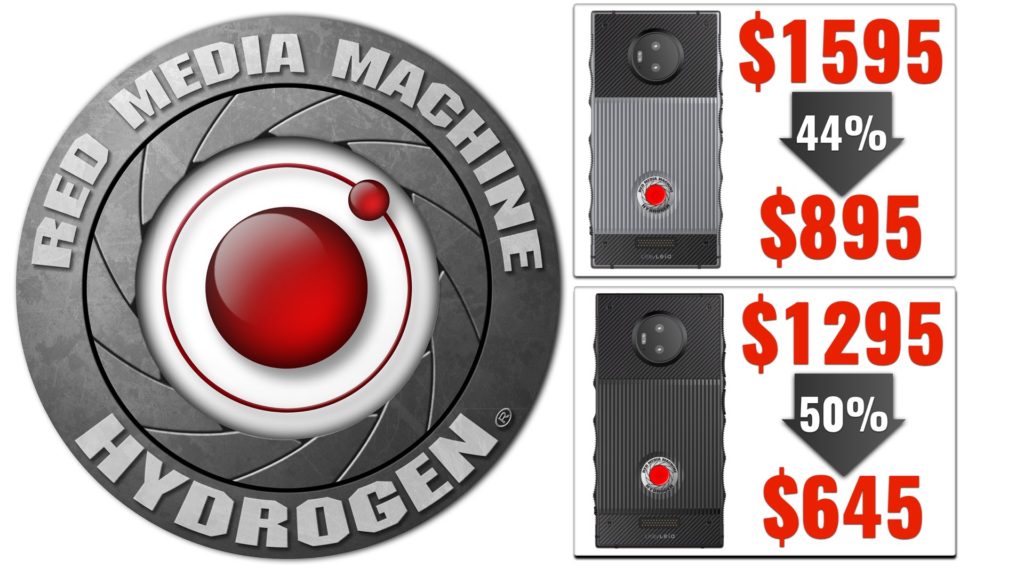
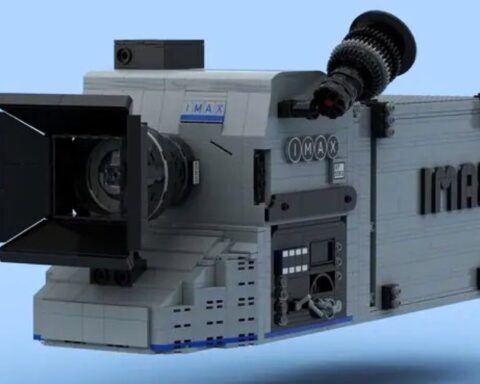
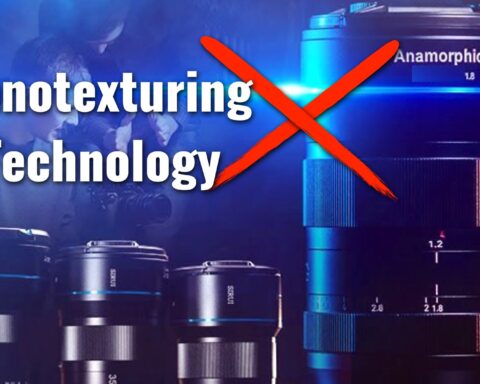
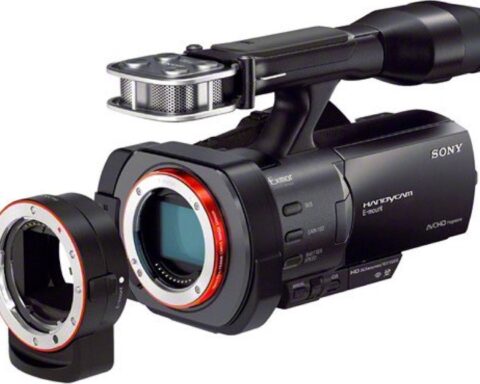

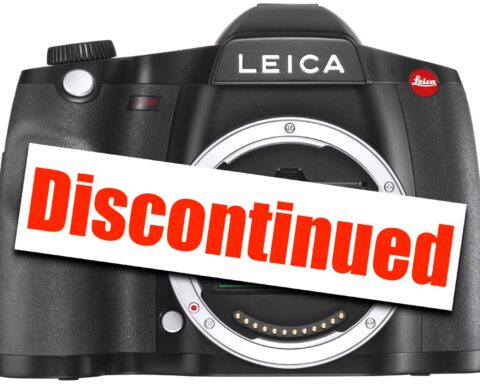


It’s very sad, but one lesson to be learned from the Twentieth Century is that how regularly citizens go along along with the demands of tyrannical regimes, even those practicing democide.
That’s right. But you have to distinguish between the citizens and companies that make profit from that miserable situation. Thank you for your comment. Yossy
[…] Panavision, Angenieux, Zeiss, and […]
I completely disagree with your judgement.
I think it would have been immoral to directly support the concentration camps.
But a technological company can’t be judged for supporting its country war effort, even if the leader is mad.
Moreover, Zeiss should be appreciated and not criticized for taking people from concentration camps to work in in-human conditions, because alternatively those people would have been killed.
The only out of order behavior I learn from your article about Zeiss is that only few people died in their shift, which is good.
Full disclosure, I work for Zeiss, that is the reason I google about its involvement and reached this site. Needless to say, I don’t represent them and has nothing to do with the Public Relation.
Thank you for commenting. Sorry for the late replay. ZEISS was involved in the Holocaust as the evidence indicates. Fewer people died but a lot suffered. We should never forget this. The goal of this article is to present the facts for those who can’t. That’s all. Personally, as a son of holocaust survivors, I would never buy ZEISS products.
After having read this article, I would and will never purchase anything from Zeus’s. Only from Leica-now that’s an honorable company, and anyone who feels that Zeiss can have a pass actually should have gone into the Gaskammer in den KZ. Unforgivable and unforgettable, but what do you expect from a dumb goy?
Zeiss should be appreciated for their roll in regards to using forced labor, for collaborating with the Nazis? You are probably wear alot of Hugo Boss while sipping Apollinaris. It’s appalling that big companies who were enriched by rubbing elbows with the devil were given a pass, and allowed to prosper post war times. They have stricken their collaborations from their timeliness, why? Because they know. They know exactly what they did and what their true legacy is.
As a religious Jew with deep personal connections to Holocaust survivors, I understand the feeling here. I am from UK and here and in Europe for some reason the use of German products is much more common. I look around my Kitchen its all Bosch, I drive a Mercedes and yes have just bought a really good Zeiss lens. All these companies and more used slave labour in the war time, so does that mean we shouldnt buy their products? What about Fords and IBM whose leaders helped the Nazis y”s?
Difficult one!
Hatzlochoh to you
Thank you so much David for your sincere comment.
There’s a difference between being under the Nazi regime than cooperate with them by utilizing slave labor to produce profits.
Not all German companies did that. IBM did, and so as Zeiss.
Thank you for your interesting and informative article. I had only a fraction of information concerning their use of slave labor given that my mother toiled with “precision work” at one of their factories in Dresden prior to her deportation to Birkenau in 1942.
Look up Dr. Emanuel Goldberg, founding director of Zeiss Ikon, a great inventor pushed out by the Nazis, later active in Palestine and Israel. One of his inventions was the Kinamo, a portable movie camera. Also a pioneer in information science, TV, and still cameras
Dr. Emanuel Goldberg, the great inventor, led Zeiss Ikon until the Nazis forced him out. He later built up the optical industry in Mandate Palestine and Israel. After he left Zeiss, Nazi types at Zeiss took credit for his work and he became pretty much forgotten to the general public.
See: https://en.wikipedia.org/wiki/Emanuel_Goldberghttps://www.barnesandnoble.com/w/emanuel-goldberg-and-his-knowledge-machine-michael-buckland/1126078818
[…] There, Zeiss disappointed me. Zeiss used forced labor from the concentration camps during the war. […]
In regard to Dr. Goldberg you should know that Zeiss played an important role in his, and his family’s, escape from Germany.
More on E. Leitz, the real hero-company of rescue:
https://en.wikipedia.org/wiki/Leica_Freedom_Train
https://petapixel.com/2021/11/17/leica-freedom-train-how-the-leitz-family-saved-jews-in-the-holocaust/
https://www.theguardian.com/world/2007/feb/10/secondworldwar.germany
Zeiss conveniently forgot about Goldberg after his forced removal, and Nazis there shamelessly took credit for his work there.
Interesting article, but a lot of inuendo. It would seem that ZEISS used at least 700 female prisoners as forced labor in their ZEISS-Ikon Goehle-Werk factory in Dresden. You say that the ZEISS Werk Reick also used forced labor, but provide little evidence. Calling these factories “subcamps” is a little incendiary. Building a bomb-proof buidling to house ZEISS-Ikon Goehle-Werk in 1940 when the war was in full swing hardly makes it a “war plant.” You say that there is evidence that 30% of the ZEISS workforce may have been slave-labor but you don’t provide it. I could not access you reference showing that the “reports” where ZEISS supported for Nazi-party organizations. (My german is very poor)
I agree that this story must be told. I think that you would do the cause more service by trying to define to what extent ZEISS was complicit with the Nazi’s. They may not have had much choice in Oct, 1944 when the Red Army was crossing into Prussia. Then again they may have been actively aiding the NAZI cause like Siemens & Halske who used Ravensbrück as slave labor as early as 1942.
Best
Thank you for this insight. Your article is very well balanced and as a sad inducement of human behaviour on many levels.
I’m not Jewish, born after the Second World War and also from the UK and so really can’t comment beyond the obvious – that the use of slave or forced labour and the treatment of those individuals was inhuman and barbaric.
But – and obviously not on the same scale – so was the Russian dismantling of the Zeiss works and the forced ‘relocation’ of machinery, parts, engineering drawings and above all key personnel by the Soviets to Kiev in Ukraine to continue the Contax range of cameras (albeit under a different name and a different regime) which started in 1936.
Perhaps some would say that this is nothing more than those working at Zeiss deserved, but as has been stressed there is a difference between individuals and companies (although the latter is made up of the former) and peace time and war time.
As we know, not every citizen of a country supports that country’s government and as you point out in your notes there wasn’t a lot of choices during in 1930s Germany -even for Gentiles.
And it is a sad fact that when faced with a choice between moral principles and providing food and shelter for one’s self and ones family in a conflict situation most will choose to comply at least outwardly with the general situation.
Apologies: ‘Inducement’ should read ‘indictment’.
After reading this post I searched my small library of books for more information on Zeiss’ wartime activities in Dresden.
Frederick Taylor’s ‘Dresden – Tuesday 13 February 1945’ (2004) mentions the various Zeiss sites on the city, the company’s association with slave/forced labour, the Hellerberg camp and Herr Dr. Johannes Hasdenteufel of Zeiss-Ikon AG who liaised with the Gestapo on the subject of Jewish labour in the company and Henny Wolfe who was a Jewish worker at one of the company’s sites in the city and manages to escape the bombing.
As the title suggests the book is not specifically about Zeiss-Ikon but the Allied attack on the day in question.
It is a starting point for those who want to know a little more about the city, its industries and some of those who lived and died there.
No doubt there are other accounts that I am not aware of.